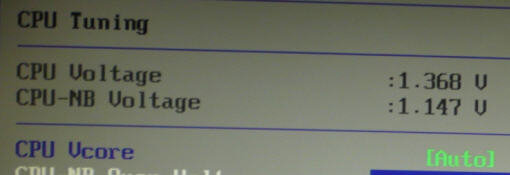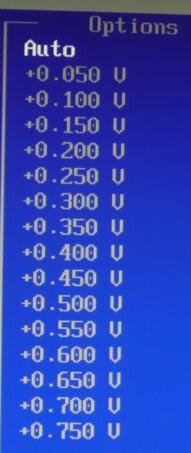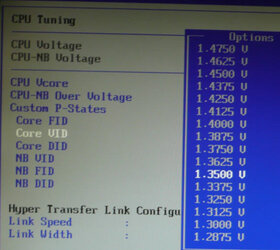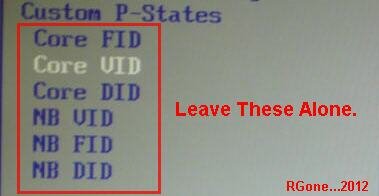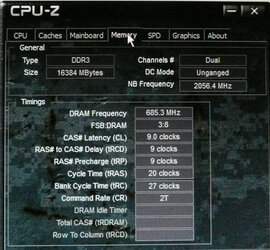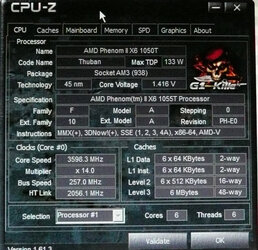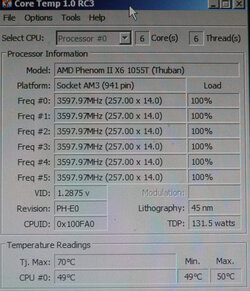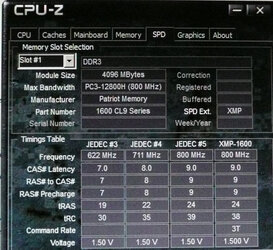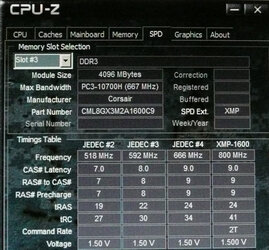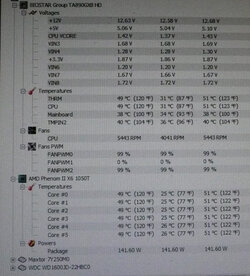- Thread Starter
- #21
Ok, got it on the cpu-nb items. The 125W TDP and other motherboard points you make are real posers. I can keep an eye on the temperatures and if anything goes over some threshold - say 50c - I'll back off or recalibrate. I have read about people overclocking this board as high as 4GHz so I suspect my going to from where I am now - 3.343 to say, 3.6GHz - is not outlandish.1367 mhz ram speed?: Yes, good
Increase CPU-NB voltage?: Not unless you increase the frequency over stock and as I indicated in an earlier post I'd hold off on that until you get your max CPU overclock dialed in. Increasing the CPU-NB frequency improves memory performance but tackle one thing at a time.
125W TDP?: Motherboards generally come in three TDP (Total Design Power) groupings: 95W, 125W and 140W which refers to their ability to dissipate heat. Another important factor is the Power Phase or the ability to regulate voltage and electrical power. Your board probably has 3+1 power phase whereas the good overclocking boards have 8+2. Overclocking a CPU drives up it's power consumption (sometimes dramatically) and the heat it produces but since all that juice must also be handled by the mobo it get's hotter too.
I've included some snapshots of my bios settings. They show the cpu voltage as 1.368 using the auto setting. The options start at .050 and go up.
Core VID is set to the default - 1.35 - and can be moved up or down. When you suggest changing my core voltage, which one do you have in mind for changing?
Sorry for the odd looking images - I'm not sure how to edit them. I chose the paper click button and selected three files. Is there some way to insert text in that portion of the post?
Thanks for your help.
